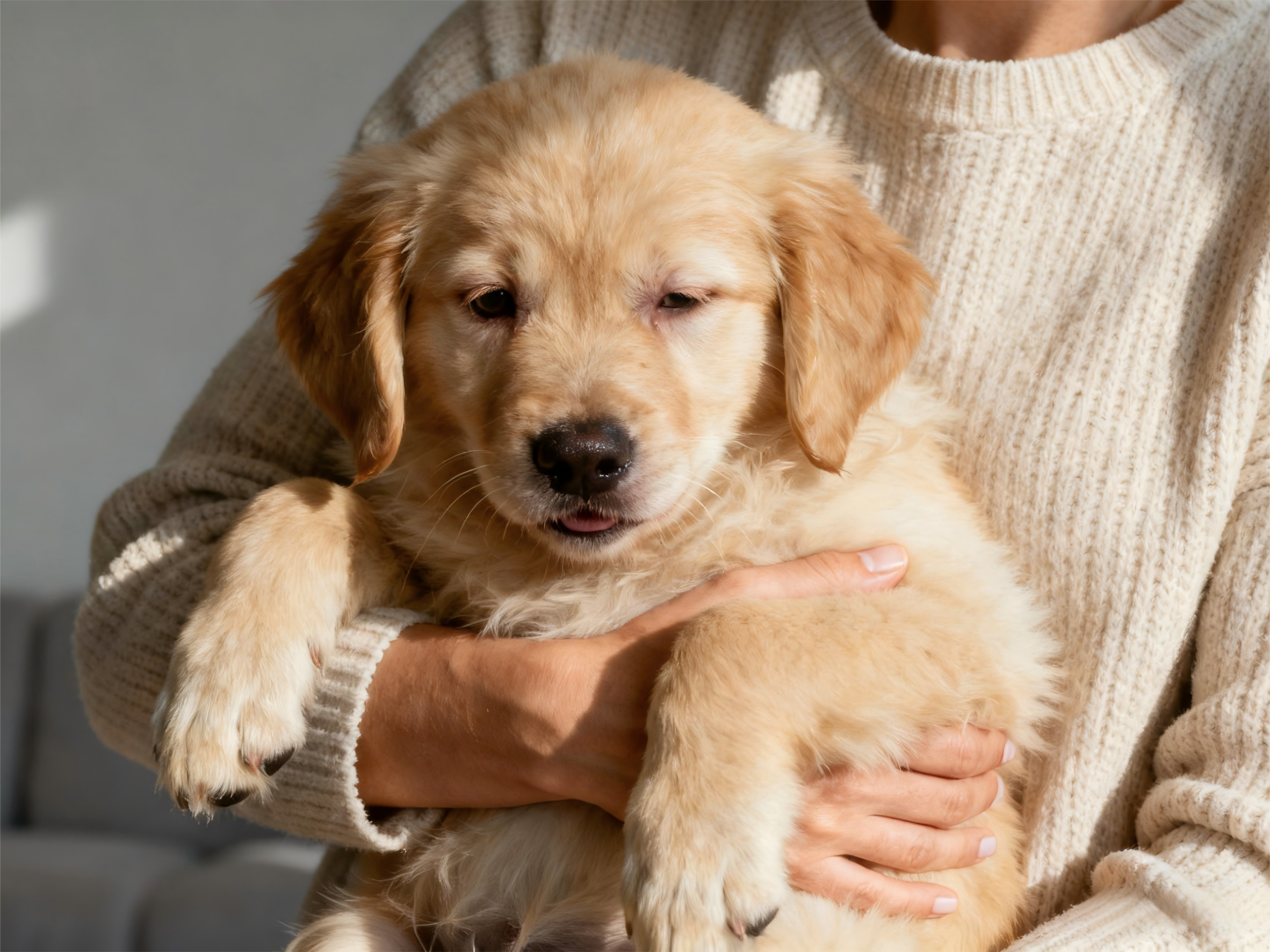The Street Pee Dilemma – More Than Just a Bathroom Break
Every dog parent knows this daily ritual: leash in hand, sneakers on, and your furry companion eagerly sniffing every hydrant, lamppost, and bush along the block. What seems like a simple walk quickly turns into a sniff-and-squat marathon — a tour of territorial signatures and olfactory newsfeeds.
But as you patiently wait for your pup to pick the perfect spot, a few questions naturally pop up:
Is this just marking? How long can dogs actually hold their pee? And why are they so picky about where they go?
If you’ve ever wondered these things, you’re not alone. This article dives into the science behind dog urination, explores the social meaning of those sniffing sessions, and introduces some smart solutions for busy owners who want to keep their pets healthy and comfortable.
🧠 The Science Behind the Squat
How Long Can Dogs REALLY Hold Their Pee? The Honest Truth
Just like humans, dogs have bladder limits — and understanding them is key to keeping your pup happy and healthy. Veterinarians generally agree on the following rule of thumb:
-
Puppies (2–6 months): They can usually hold their pee for their age in months plus one hour.
👉 For example, a 3-month-old puppy can hold it for around 4 hours. -
Adult dogs (1–7 years): On average, 6–8 hours is reasonable. Holding it longer can cause discomfort or even bladder issues.
-
Senior dogs (8+ years): Aging affects bladder control, so 4–6 hours is typical — sometimes less, depending on health.
Several factors influence this ability, including:
-
Size and breed – Small breeds have smaller bladders and need more frequent breaks.
-
Water intake – The more they drink, the sooner nature calls.
-
Activity level – Active dogs metabolize fluids faster.
-
Health conditions – Issues like urinary tract infections (UTIs) or diabetes can increase urination frequency.
-
Diet composition – High-moisture foods (like wet food or fresh diets) may also make them pee more often. Dog pee science
🐾 The Street Pee Protocol
Why Your Dog Is So Particular About Pee Spots
If you’ve ever felt like your dog is overthinking their potty decisions — they are. But it’s not random; it’s communication.
Dogs use urine as a chemical business card. Every drop tells a story: their age, sex, reproductive status, and even mood. Other dogs “read” this through scent, forming an invisible network of social data on every street corner.
Here’s what’s happening behind the scenes:
-
🧬 Social messaging: Urine contains pheromones that signal information to other dogs. It’s how they “check in” and “reply.”
-
🏡 Territorial claims: Marking says, “I’ve been here. This is part of my zone.” It’s an instinct rooted in survival.
-
😌 Emotional expression: Stress, excitement, or anxiety can alter how often (and where) dogs urinate. You may notice increased marking after moving to a new home or introducing a new pet. Dog behavior
💡 The Modern Solution for Modern Problems
When Life Gets Busy: Smart Solutions for Happy Bladders
Let’s face it — modern life doesn’t always match a dog’s bathroom needs. Many owners juggle work, errands, and commutes, making it difficult to stick to consistent potty schedules. Thankfully, pet tech is catching up fast.
🚽 Smart Dog Toilets
Yes, they exist — and they’re surprisingly sophisticated.
-
Automatically clean after each use
-
Track your dog’s urination frequency and volume
-
Sync with your phone to help monitor hydration and urinary health
🐕🦺 Pro Tips for Peace of Mind
Your Action Plan for Better Bathroom Breaks
Now that you understand the science and the tools, here’s your practical plan to make every pee break smoother — for both you and your pup.
1. Stick to a Consistent Schedule
Dogs thrive on routine. Aim for at least:
-
Morning walk (after waking)
-
Midday relief (especially for puppies or seniors)
-
Evening walk (before bed)
2. Recognize “I Need to Go” Signals
Every dog has telltale signs:
-
Pacing near the door
-
Sniffing the floor or circling
-
Sudden whining or restlessness
Catching these early prevents indoor accidents and builds trust between you and your dog.
3. Pick the Right Route
Avoid overly busy areas that may distract or stress your pup.
Opt for quieter routes with grassy spots — they absorb scent better and feel more natural than asphalt.
4. Stay Prepared
Never leave home without waste bags, a small towel, and maybe even pet-safe wipes. Responsible cleanup keeps neighborhoods clean and your reputation golden.
5. Reward and Reinforce
Positive reinforcement still works wonders. A simple “Good boy!” or a small treat after a successful pee helps your dog associate potty breaks with praise.


Share:
Best Dog Gifts for the Holidays: Unique Ideas for Every Dog Lover
The Perfect Time to Groom & Wash Your Dog: A Schedule for a Stress-Free Experience